Scratching, licking and shaking are some of the ways dogs keep their coats clean and somewhat free of debris. Dogs take care of some of their grooming needs on their own, but still need a helping hand from their owners. A good brushing performed by you will keep her fur clean and free from painfully matted hair. Taking the time to groom your dog on a regular basis has its own rewards; it strengthens your bond with your dog and allows you to notice health problems before they become serious. Look carefully for signs of skin irritations, lumps, painful spots or signs of fleas.
If you find your dog won't sit still for an ear-to-tail going over, do one task each day until he is used to it, give him a treat at the end of the session. Each time you work with him, increase the length of time you brush him.
Hair Regular brushing and grooming will remove loose and matted hair to help keep your dog's skin free of disease and parasite. Long-haired dogs generally need to be groomed daily while short-haired breeds can get away with a weekly grooming. Fine-toothed dog combs are used for soft, thin or silky coats whereas medium-toothed combs are used for normal coats. If you dog has very heavy or thick coat, use a wide-toothed comb. Bristle brushes are good for dogs with long coats and grooming mitts are good for short-haired breeds. When brushing your dog, run your hands through his fur down to the skin to look for plant debris and fleas. If you notice any dark specks on the skin, they are most probably fleas. The specks are flea droppings. A very obvious amount of droppings indicates a flea infestation that should be treated immediately. When brushing the hair on and around the tail, look for rice-like debris. These are usually a sign that your dog has worms. If this happens, take your dog to your veterinarian to determine the type of worm it is and get the proper medication. Remember to choose a time when your dog is calm and you have enough time to ensure a pleasant grooming session. Get your puppy accustomed to grooming early by handling your puppy often and touching its ears and paws, be gentle and keep reassuring your puppy.
Ears - You do not have to perform grooming tasks everyday. Ears should be checked weekly inspect your dog's ears by looking inside them and if you spot coffee-ground-like specks, your dog may have ear mites. Ear mites are contagious and can cause severe inflammation in your dog's ears. They are susceptible to many medications, including pyrethrins, rotenone, fibronil, thiabendazole and ivermectins. It is necessary to treat for at least 3 to 4 weeks in most instances to be sure to kill the adult mites and any eggs that may hatch later. You can quite easily obtain over-the-counter products for treating ear mites. However there are numerous causes of ear infection in dogs and it is best to have your veterinarian thoroughly examine your dog's ears to determine whether the infection is caused by ear mites or other irritations before deciding on the best course of medication.
Nails - Your dog is probably wearing his nails down on the concrete if you walk your dog frequently on pavements or sidewalks. Dogs with overgrown nails tend to develop physical problems as they shift their weight when they walk to avoid discomfort. It is therefore very important to check that the nails have not grown too long. It's good to give your dog a pedicure at least once a month. You should only remove the very end of your dog's nails and no more. It may be very tempting to trim off all the excess but in dogs, the nerve endings and blood vessels inside the nail continue to grow as the nail grows which means long nails must be clipped little by little, over several weeks or months until the quick" (the area of flesh under the nail) gradually recedes. If you accidentally clip too far and your dog's nail starts to bleed, apply pressure to the tip of the nail or dip the nail in a bit of styptic powder. Keep your dog inactive for a short time to recover. You can learn the proper way to clip your dog's nails from a standard pet care book, or your veterinarian.
Gums & Teeth - Dental problems are common in dogs. Does your dog suffer from nasty doggie breath"? This can be a symptom of a much more serious and insidious health problem. It is estimated that 80% of dogs over the age of 3 suffer from periodontal disease, which essentially is a serious deterioration of the gums and supporting bones of the teeth. If left unchecked, bacteria can enter the bloodstream, thus causing infection or damage to vital organs such as the kidneys, lungs, heart and liver. To avoid costly veterinary treatments, keep your dog's teeth in top shape by brushing its teeth everyday. It is fine to use a child's toothbrush, or a finger toothbrush designed for use on a dog's teeth. Please make sure that you only use toothpaste labelled for use on pets as human toothpaste can be toxic to your dog. In addition to brushing, give your dog rawhide chews to gnaw on to keep the teeth and gums healthy. Some pet oral hygiene solution which is an odourless and tasteless solution can be added to your dog's drinking water to promote healthy gums and eliminate bad breath, thereby fending off bacteria that cause periodontal disease. Correct and regular oral health care can effectively extend the life of your dog by 2 to 5 years.

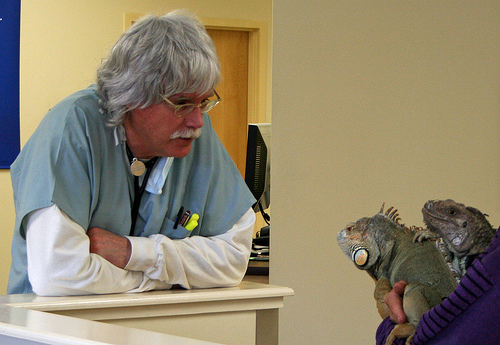 How to Become a Veterinarian
By T. J. Dunn, Jr., DVM
Many are th
How to Become a Veterinarian
By T. J. Dunn, Jr., DVM
Many are th
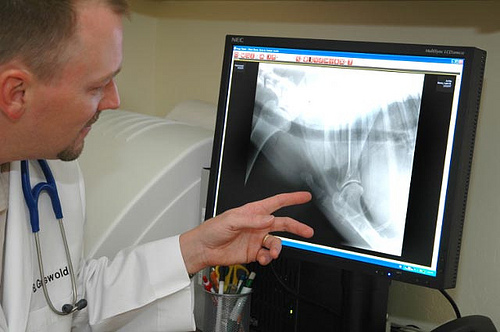 Bone Cancer in Dogs
By T. J. Dunn, Jr., DVM
Bone cancer
Bone Cancer in Dogs
By T. J. Dunn, Jr., DVM
Bone cancer
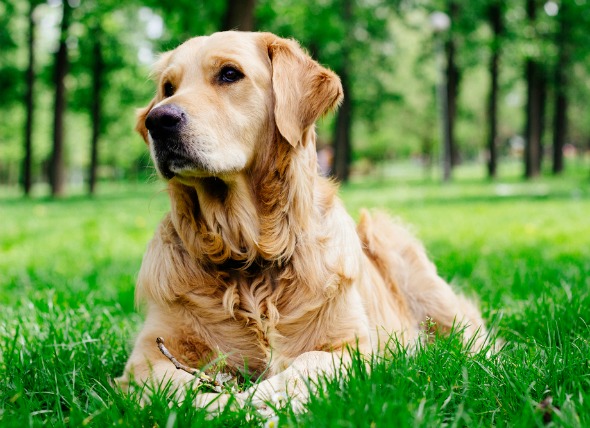 Skin Problems in Dogs
By T. J. Dunn, Jr., DVM
What You Should Kno
Skin Problems in Dogs
By T. J. Dunn, Jr., DVM
What You Should Kno
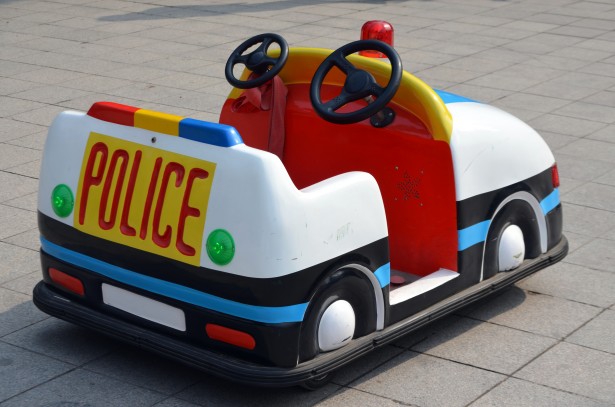 New Ways To Save More Funds While Shopping Car Insurance
Some elements that induce the expense of your insurance c
New Ways To Save More Funds While Shopping Car Insurance
Some elements that induce the expense of your insurance c
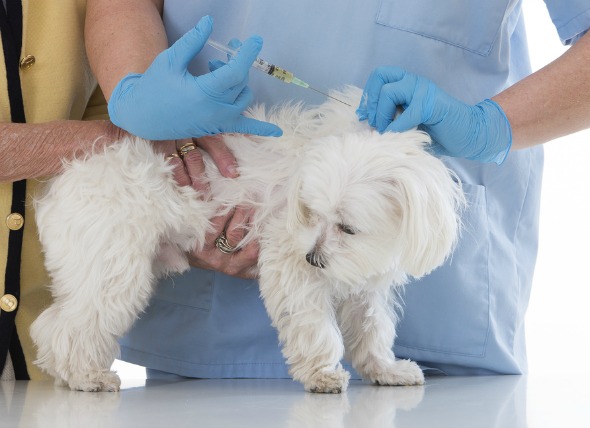 To Vaccinate or Not: A Vet's Perspective
By T. J. Dunn, Jr., DVM
Among pet caretaker
To Vaccinate or Not: A Vet's Perspective
By T. J. Dunn, Jr., DVM
Among pet caretaker